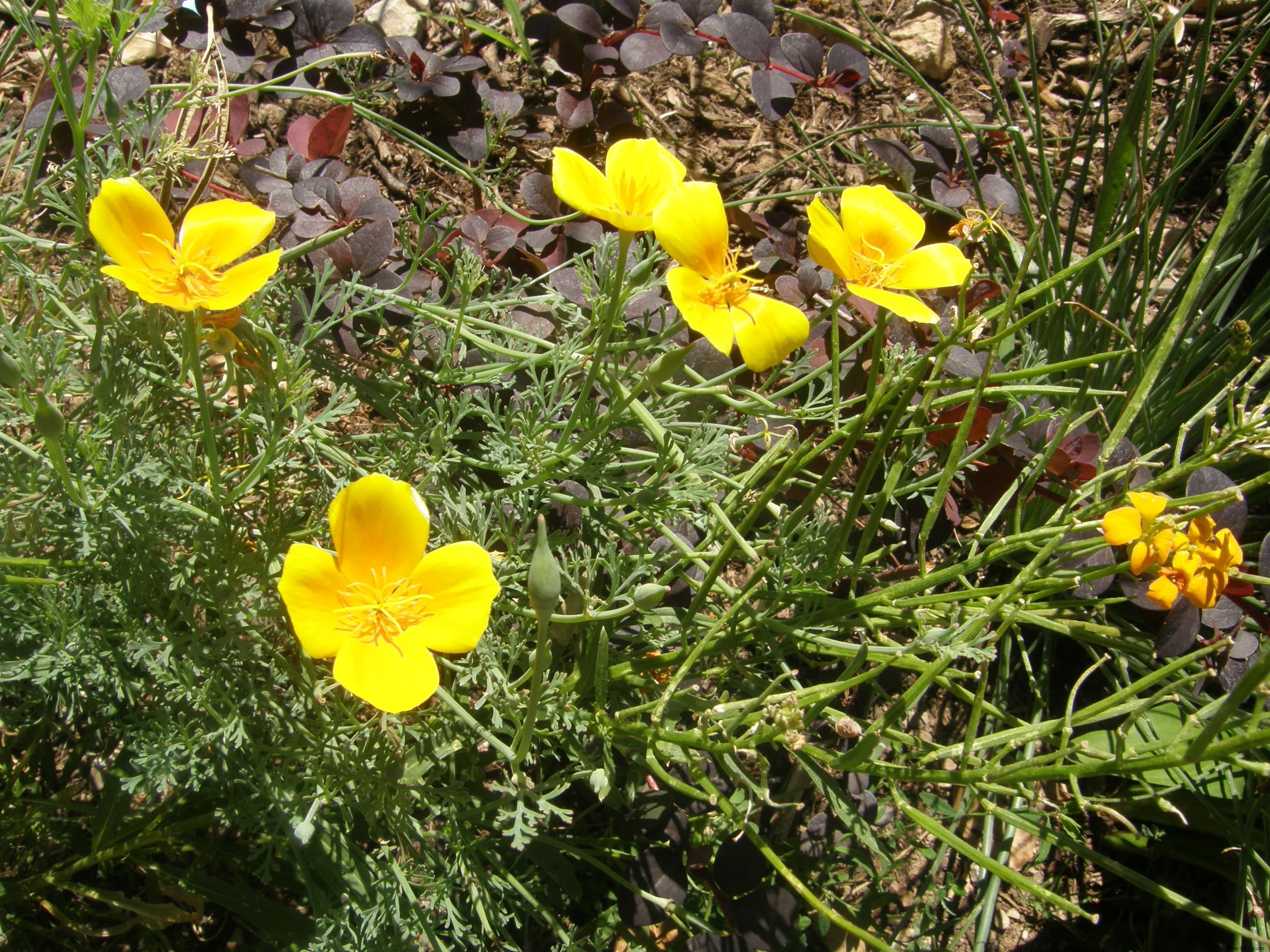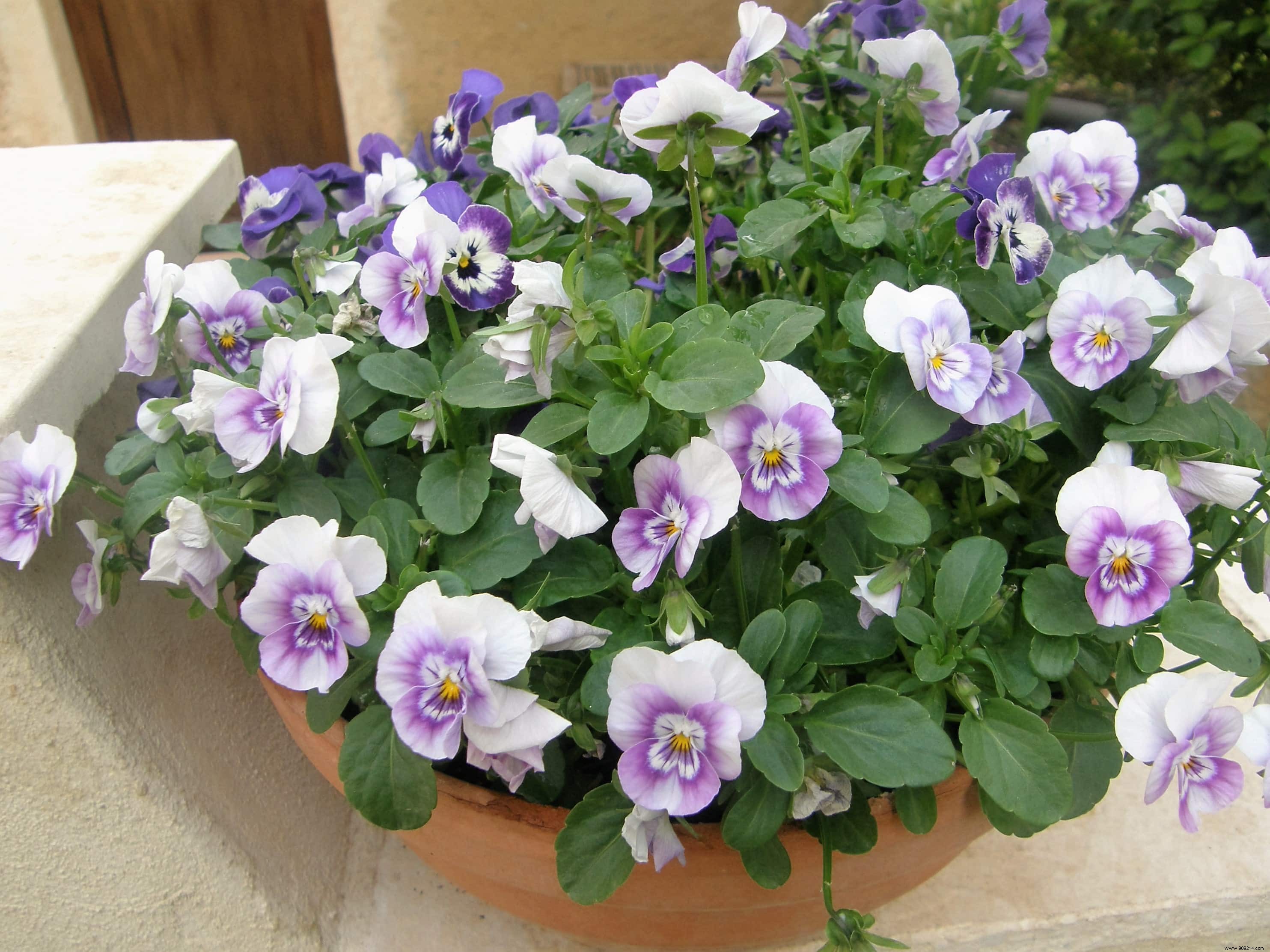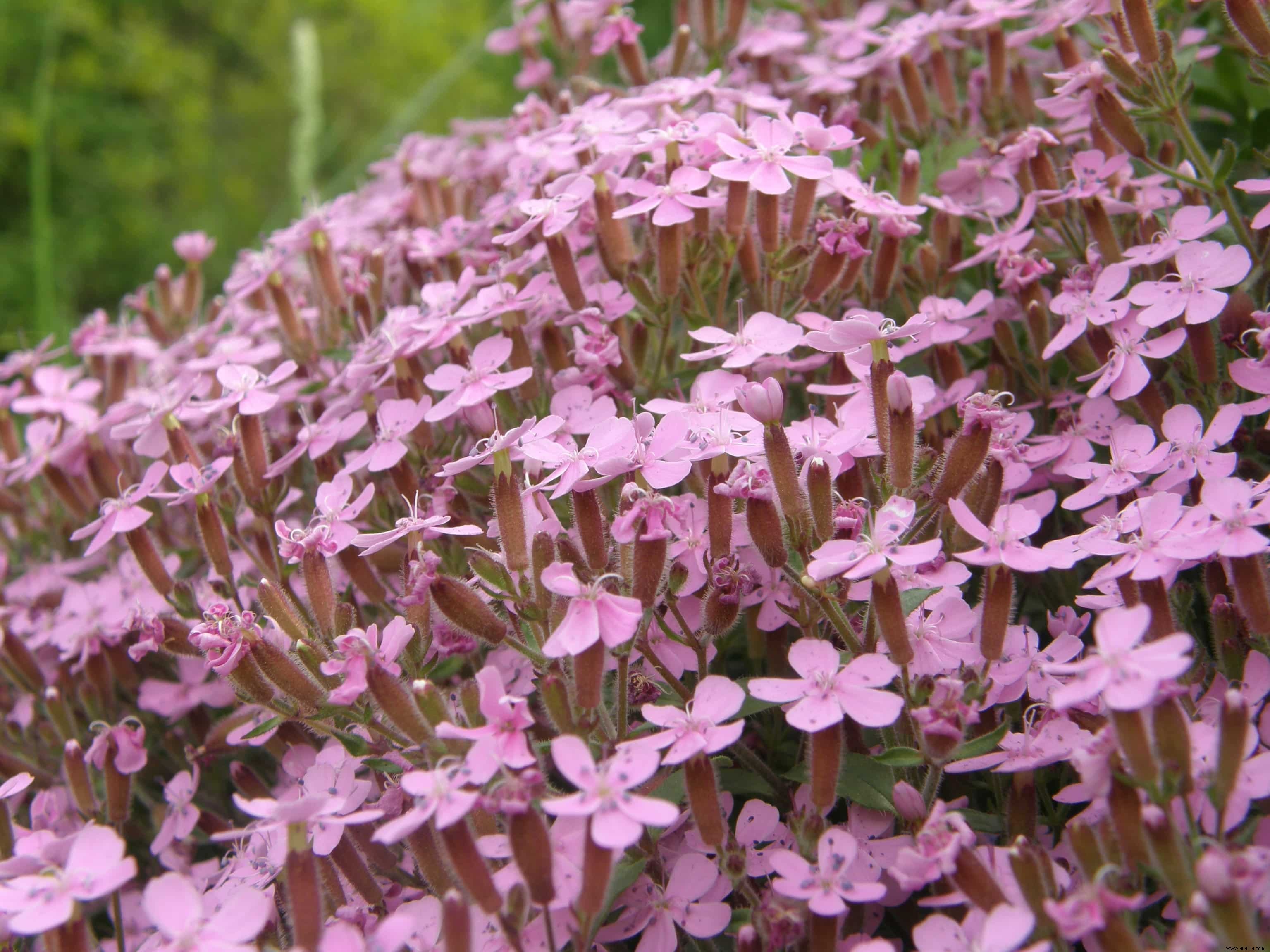My dear Baptiste, here is a question that bothers more than one student. Reminder:Here are the differences between biennial and perennial. I added the definition of annual.
An annual has a calendar year growing cycle (from January 1 to December 31):it germinates in the spring, flowers, sets to seed, dies before the end of the year, like the Elschscholtzia below.

A biennial has its vegetative cycle straddling two calendar years :often the flowering takes place the second year, but the new horticultural varieties can have an early flowering, from the autumn of the first year.

A perennial is a herbaceous plant (in principle), which lives for several years .

Can we say that a biennial is a perennial that only lives two years? We could… But these differentiations are more horticultural than botanical. The term biennial is used for herbaceous bedding plants that are set up in the fall for spring flowering.
But as nature does things well, all this is full of contradictions. An example the primrose. Botanically it is a perennial, but used as a biennial , (planted in autumn and uprooted as soon as the following summer arrives), sometimes even before the end of its first flowering (and therefore thrown into the compost, poor thing, but very quickly replaced by other plants in the beds). Why not keep it? because the flowering that would follow (the 3rd calendar year therefore) would be more modest, horticultural varieties often degenerate. The primroses, the following years, will not give as many pretty flowers and even sometimes, with a much duller color! This is the selection in the massifs…And by the time the primrose blooms again, the massif seems sad.
Here is one of the major disadvantages of hybrids , the characters can degenerate from one year to the next. So we have to replant. Primroses, wallflowers…even bulbous plants, except the botanicals that manage to naturalize and multiply in the garden. A hybrid perennial is unfortunately often put in the compost after a few years because it has lost its original shine.

There are perennials in the south of France which are considered annuals in other regions because they are frost-living (agathea…)
And to top it off, there are perennials that don't live very long... The terms annual, biennial, and perennial qualify plants for the use that the gardener makes of them, not a botanist's logical determination. There is sometimes confusion in terms!
Finally, I would add that planting biennials in autumn is preferable to planting in spring because the rooting is better. But the choice is limited because a non-flowering plant is no longer sold, whereas a few decades ago, we only planted “in green », that is to say, without apparent flower and this for a better recovery.
I hope these explanations will help you, the language of gardeners and that of botanists sometimes requires some clarification.
We speak of a perennial, grown as a biennial, or as an annual in the case of frost-resistant plants.
